A few years ago, at the very start of the pandemic, Roman Mars wrote an episode of 99pi in which he simply talked about design details in his house — realizing that he, like the audience, didn’t have many other places to go. )You should check it out — it’s a real time capsule, and often cited as one of our best episodes.) Since then, he’s been thinking about and wanting to record a companion episode out in the world.
Over the next couple months, he’s going to three cities that shaped who Roman is and how he thinks about design. We’ll start in Chicago. Note: this series is made possible by the all-new 2024 Lexus GX and SiriusXM who heard this idea, gave no notes, and said just go make something cool.

Chicago is a design lover’s paradise, from its carefully thought-out original grid to its exceptionally stellar flag design. The city is home to some of the most influential architecture in the US as well.
This episode discusses one of the world’s tallest masonry buildings (above); as well as the Tribune Tower — importantly: the version of it that didn’t get built (below), with a bunch of highlights in between.
Eliel Saarinen’s tribune tower design won $20,000 for coming in second place (on the left above; on the right is the built winner). It was never built but the design was shared with the public and architects flipped for it. It was soaring setback tower with strong vertical lines and it had a huge effect on 20th century architecture. It influenced a bunch of skyscrapers all over the country. In the end, Saarinen’s design was more important than this building that was actually built.
Along the way, we’ll also learn about a hidden symbol in the Chicago Theater sign, and the history of the Wrigley building (yes: the chewing gum magnate!). And, of course, the now ubiquitous revolving door.
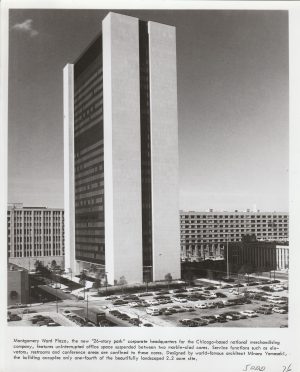
Finally, Roman touches on the story where it all began: an office building in the old Montgomery Ward complex designed by Minoru Yamasaki that, frankly, isn’t all that remarkable at a glance. It’s a standard modern tower, but it does have these notable white concrete columns on the four corners, which make it kind of chunky-looking. Roman passed it every day on his walk home from work at WBEZ.
Part of the reason it was easy to ignore probably has to do with Chicago itself being so architecture-rich that it’s pretty hard to stand out as a skyscraper in this city. But then Roman took the Chicago Architecture Center’s boat tour and the docent told him why the building has these thick concrete corner supports. First, they open up the floor plan so you can make your office as open an airy as you want. But most importantly: the Montgomery Ward company prided itself on a more egalitarian hierarchy and didn’t want executives fighting over who got the corner office. So the design eliminates any possibility of a corner office at all. It’s now been converted into luxury condos and is simply known as “The Montgomery” — the developers behind the conversion were presumably less than thrilled at being unable to sell corner views.
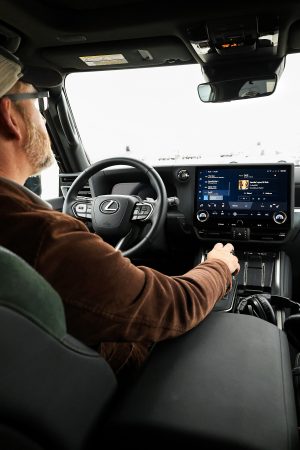
This is a structure that has stayed with Roman for years, despite initially being a building he rarely even looked at. Stories reinforce our interest — they really are the universal language of design, even more so than aesthetics. Petty things are nice, too, but sometimes prejudice and bias and ignorance and taste just get in the way of loving a brilliant structure with a great story to tell. That revelation led to 99% Invisible; and this building was a catalyst for the show, and part of why Roman still does what he does today.
Stay tuned for upcoming episodes in this series as Roman travels to Santa Fe, New Mexico as well as Athens, Georgia!
You can stream your first 3 months of SiriusXM free on the new SiriusXM app, where you can listen online or on other compatible devices. You’ll get more than 425 channels including ad-free music, plus sports, news, comedy, and more. Offer Details apply. Subscribe today.
Did you get all the movie references in this episode? Here they are (in order of appearance): Blues Brothers, Ferris Bueller’s Day Off, Home Alone, Midnight Run, and The Untouchables.
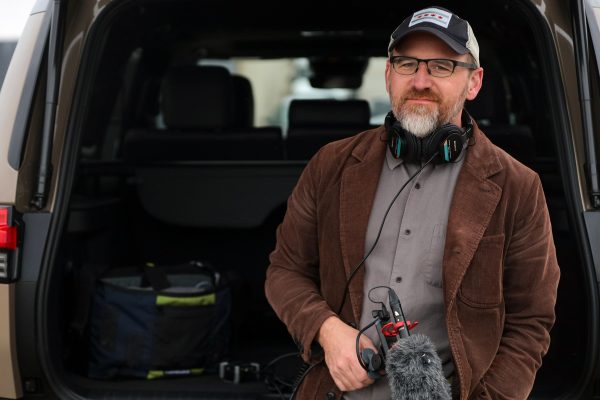
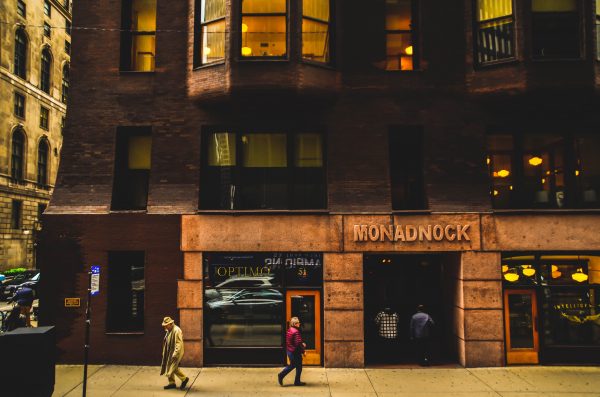

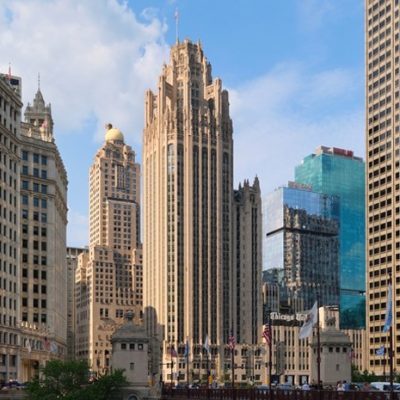
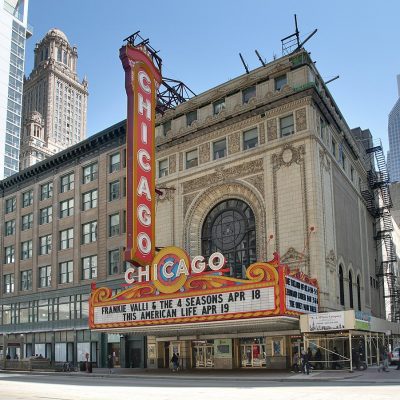
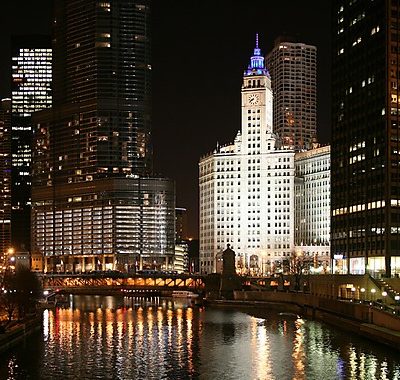



Leave a Comment
Share